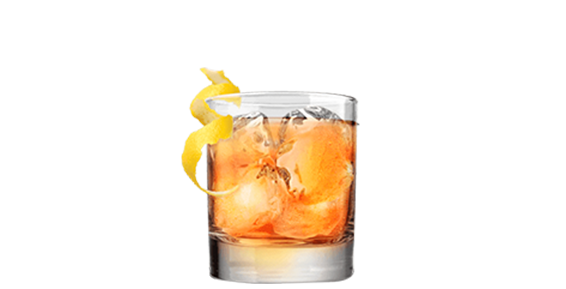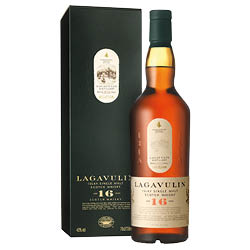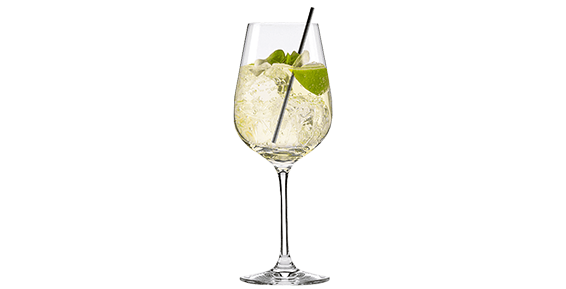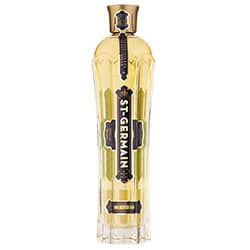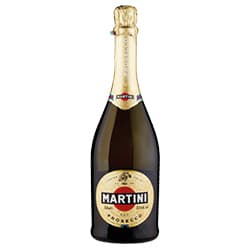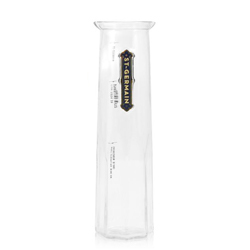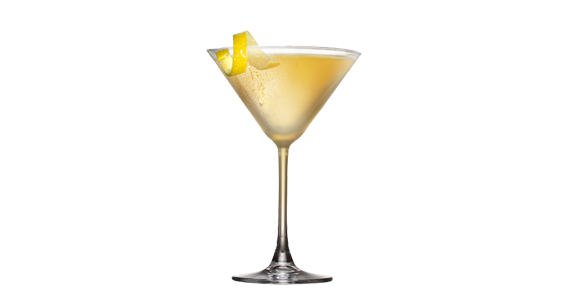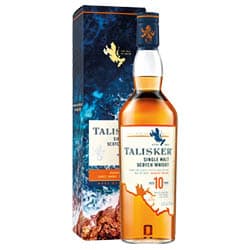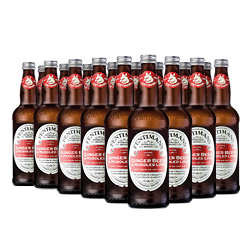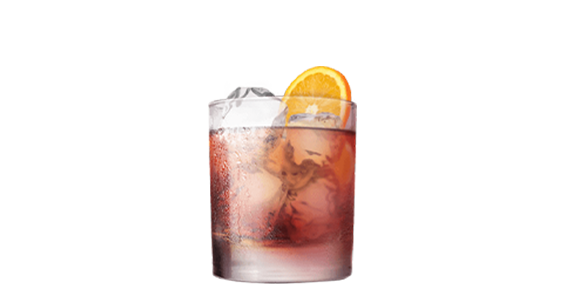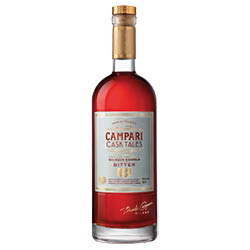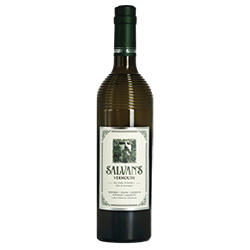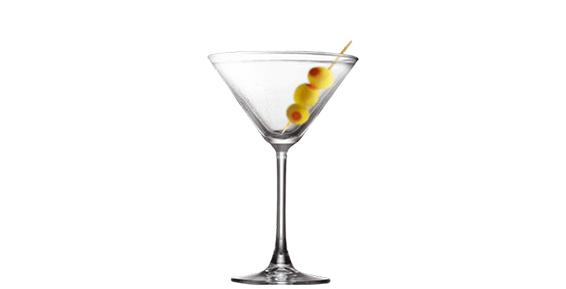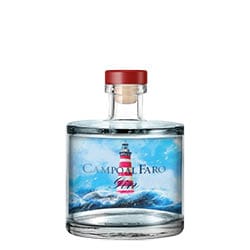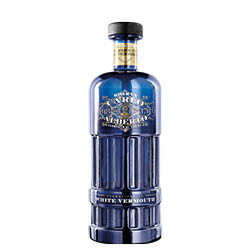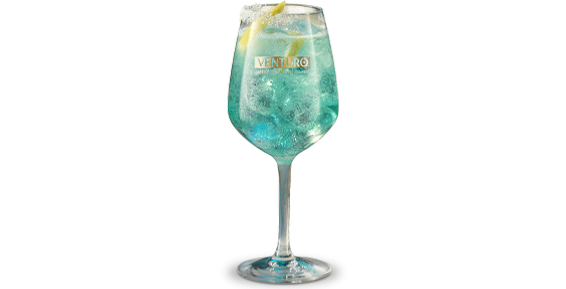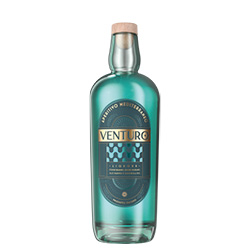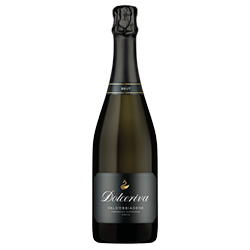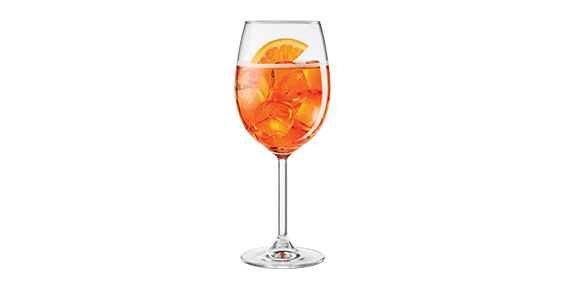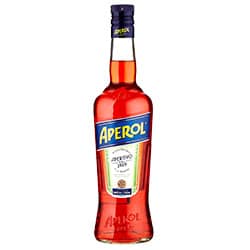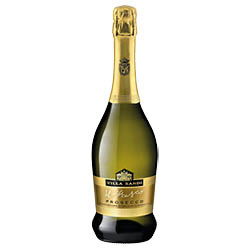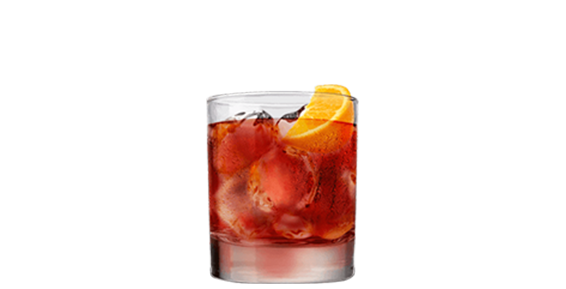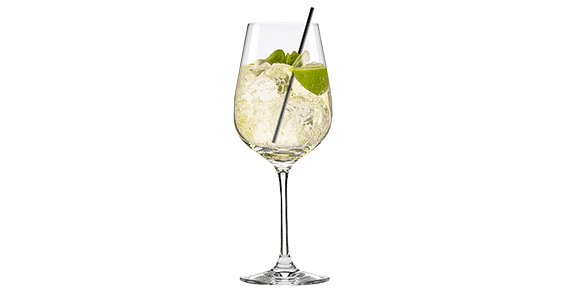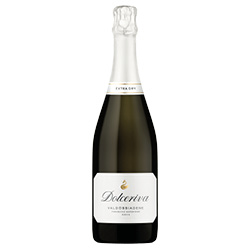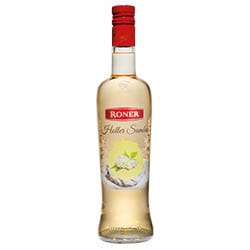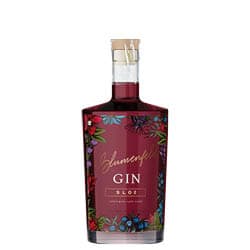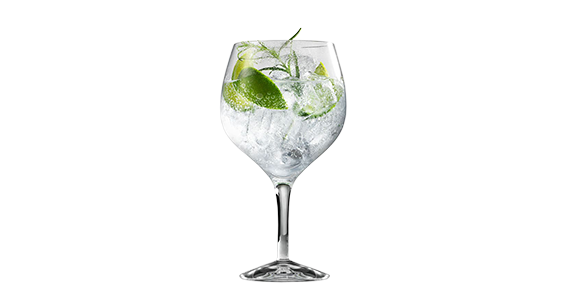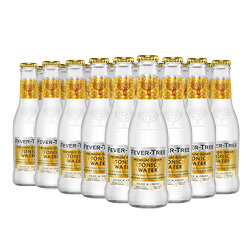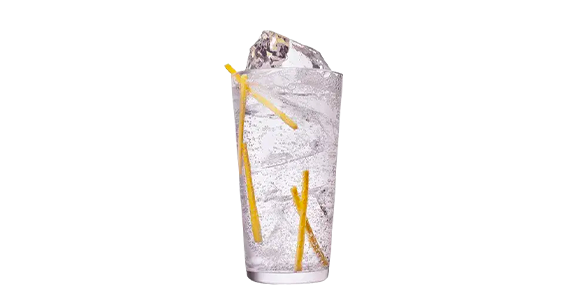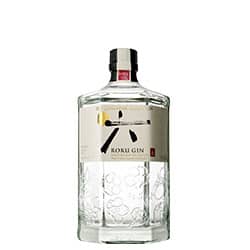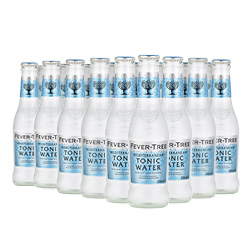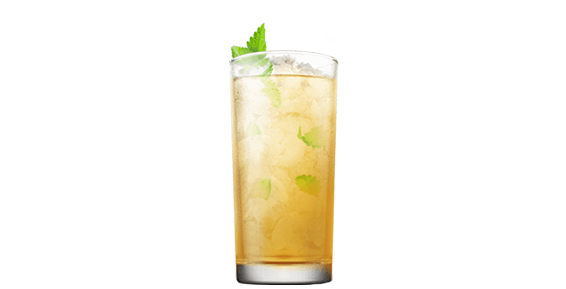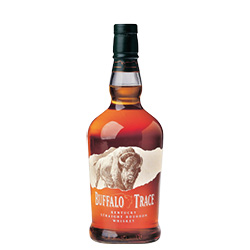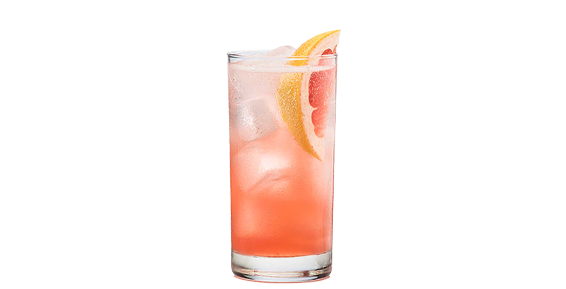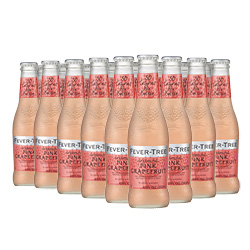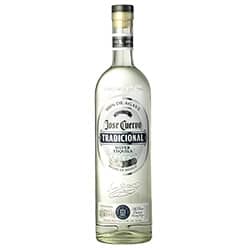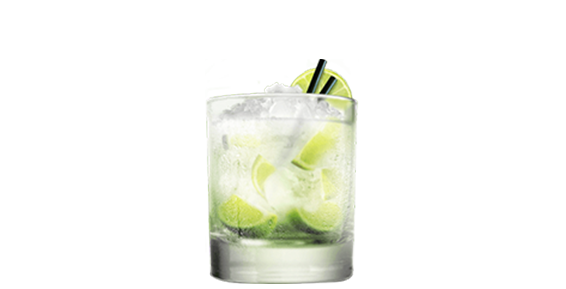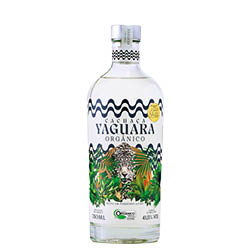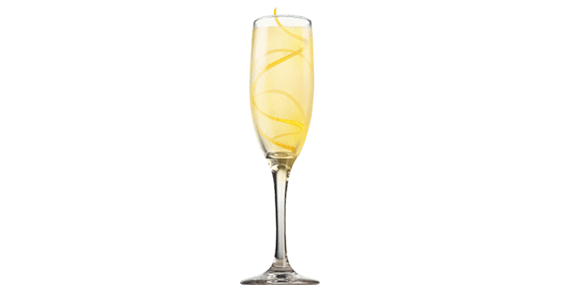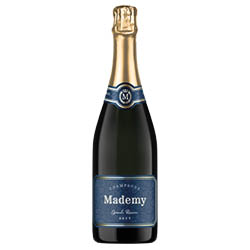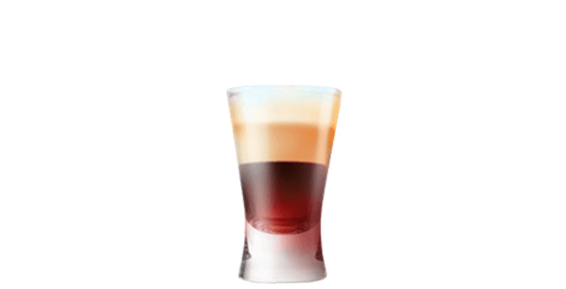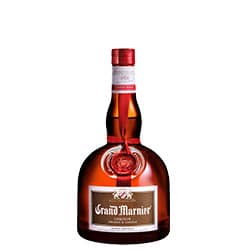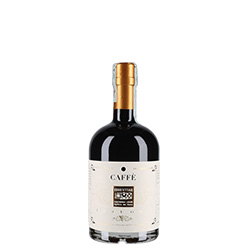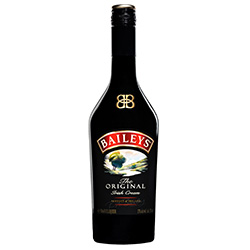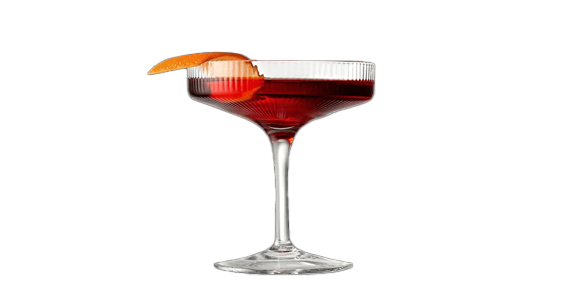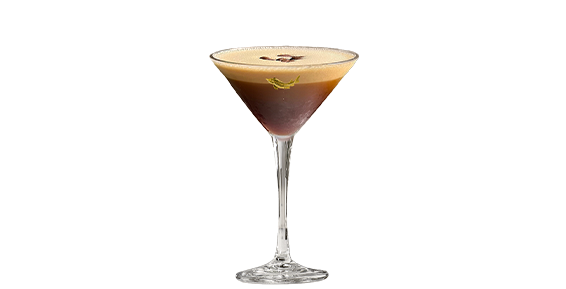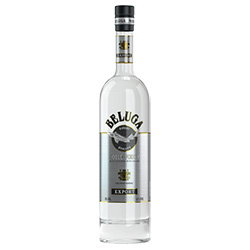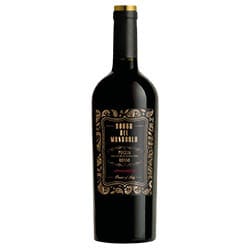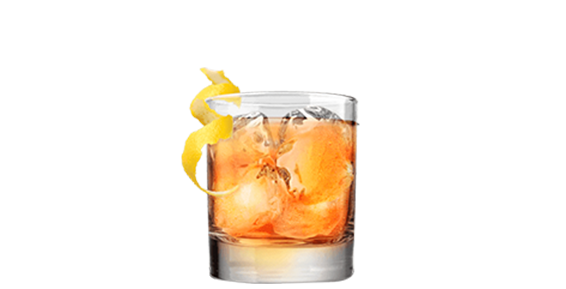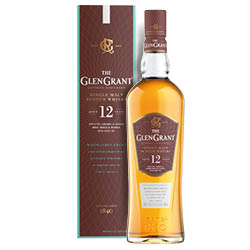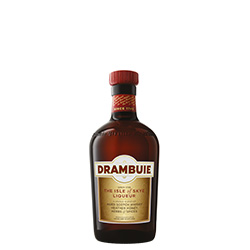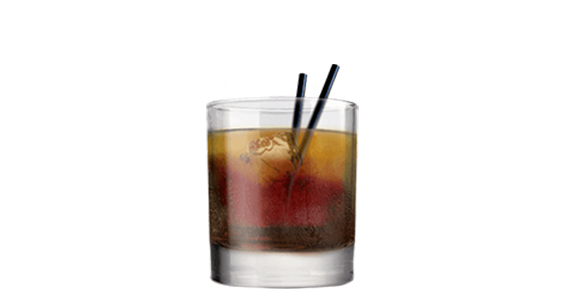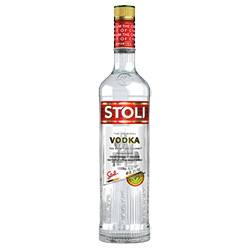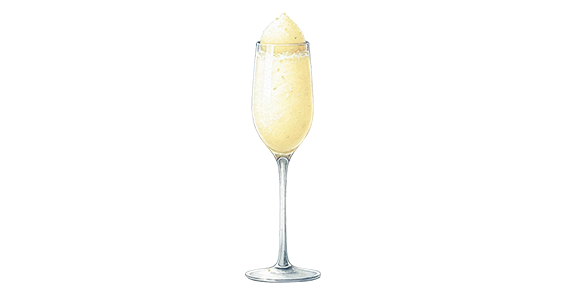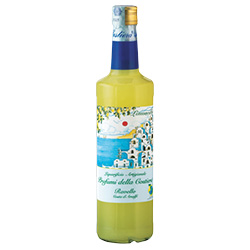Are you a professional? Join VINO.COM PRO
Currency: € EUR
Ship to: Italy
Language:


Set your language, shipping and currency preferences
Product prices adjust automatically based on the tax regulations of the destination country. For additional details, please visit this link.
Deals
Quantity discount
Today's free gifts
Free shipping
By the case
Wines
Brand
- François Montand
- Blondel
- Bortolomiol
- Cantine Ceci
- Barbanera
- Marchesi Antinori
- Baron-Fuenté
- Contadi Castaldi
- Arthur Metz
- Piper-Heidsieck
- Ca' del Bosco
- Adler von Klausen
- Albert Meyer
- Astoria
- Baron de Sergolle
- Bellavista
- Berlucchi
- Blumenfeld
- Bonconsey
- Borgo San Frediano
- Botter
- Ca' dei Frati
- Ca' del Diavolo
- Campo al Faro
- Cantine Fina
- Casalforte
- Ceretto
- Colterenzio
- Corte alle Stelle
- Dal Moro
- Dolceriva
- Doppio Passo
- Ferrari
- Feudi di San Gregorio
- Frescobaldi
- Inessa
- Jacopo Biondi Santi
- Laurier
- Li Ciuri
- Lupo Meraviglia
- Léon Launois
- Mademy
- Marquis de Goulaine
- Masseria Ficarigna
- Moët & Chandon
- Nativ
- Niviana
- Notte Rossa
- Pian del Prete
- Piccini 1882
- Pommery
- Produttori del Barbaresco
- Sabaudo
- San Marzano
- Tenuta Sant'Antonio
- Tenuta Ulisse
- Valdo
- Veuve Clicquot
- Villa Loren
- Villa da Filicaja
- Zaccagnini
- More
Region
- Veneto
- Tuscany
- Piedmont
- Lombardy
- Abruzzo
- Alsace
- Andalucia
- Aosta Valley
- Apulia
- Aragon
- Balearic Islands
- Basilicata
- Bordeaux
- Breede River Valley
- Burgundy
- Calabria
- California
- Campania
- Castile and León
- Castilla-La Mancha
- Catalonia
- Central Valley
- Champagne
- Coastal Region
- Douro
- Emilia-Romagna
- Friuli-Venezia Giulia
- Galicia
- Jura
- Languedoc-Roussillon
- Lazio
- Liguria
- Loire Valley
- Marche
- Marlborough
- Mendoza
- Molise
- Mosel
- Nahe
- Occitania
- Patagonia
- Provence
- Rheingau
- Rhône Valley
- Rioja
- Salta
- San Juan
- Sardinia
- Sicily
- South Australia
- South Tyrol
- Trentino
- Umbria
- Western Cape
- More
Grape
- Chardonnay
- Sangiovese
- Glera
- Nebbiolo
- Aglianico
- Arneis
- Barbera
- Cabernet Sauvignon
- Cannonau
- Carignano
- Carricante
- Corvina
- Dolcetto
- Falanghina
- Fiano
- Friulano
- Garganega
- Gewürztraminer
- Greco
- Grenache
- Grillo
- Kerner
- Lagrein
- Lambrusco
- Lambrusco Grasparossa
- Lambrusco Maestri
- Lambrusco di Sorbara
- Malbec
- Mauzac
- Merlot
- Montepulciano
- Muscat
- Müller Thurgau
- Negroamaro
- Nerello Mascalese
- Nero d'Avola
- Pecorino
- Pinot Blanc
- Pinot Gris
- Pinot Noir
- Primitivo
- Ribolla Gialla
- Riesling
- Sagrantino
- Sauvignon Blanc
- Susumaniello
- Syrah
- Tempranillo
- Trebbiano di Lugana
- Verdicchio
- Vermentino
- White Muscat
- Yellow Muscat
- Zibibbo
- More
Appellation
- Franciacorta
- Prosecco Superiore di Conegliano Valdobbiadene
- Alto Adige
- Amarone della Valpolicella
- Toscana
- Sicilia
- Brunello di Montalcino
- Vin Mousseux de Qualité
- Valpolicella Ripasso
- Bordeaux
- Primitivo di Manduria
- Alsazia
- Alta Langa
- Barbaresco
- Barbera d'Alba
- Barbera d'Asti
- Barolo
- Bolgheri
- Bourgogne
- Cartizze
- Champagne
- Chianti
- Chianti Classico
- Colli di Luni
- Collio
- Costa Toscana
- Crémant d'Alsace
- Crémant de Bourgogne
- Crémant de Loire
- Delle Venezie
- Emilia
- Etna
- Friuli
- Garda
- Greco di Tufo
- Irpinia
- Lambrusco Grasparossa di Castelvetro
- Langhe
- Lugana
- Montepulciano d'Abruzzo
- Morellino di Scansano
- Moscato d'Asti
- Nobile di Montepulciano
- Prosecco
- Puglia
- Rioja
- Roero
- Rosso di Montalcino
- Salento
- Taurasi
- Terre Siciliane
- Trentino
- Trento
- Trevenezie
- Umbria
- Veneto
- Venezia Giulia
- Vermentino di Sardegna
- Verona
- Vigneti delle Dolomiti
- Vino Spumante di Qualità
- More
Spirits
Country
- Italy
- Scotland
- Japan
- Guatemala
- Barbados
- Belgium
- Brazil
- Colombia
- Costa Rica
- Croatia
- Dominican Republic
- England
- Finland
- France
- Germany
- Guyana
- Haiti
- Ireland
- Jamaica
- Latvia
- Mauritius
- Mexico
- Montenegro
- Netherlands
- Nicaragua
- Norway
- Panama
- Peru
- Philippines
- Poland
- Russia
- Slovenia
- South Africa
- Spain
- Sweden
- Trinidad and Tobago
- United States
- Venezuela
- More
Brand
- Bottega
- Ron Zacapa
- Nardini
- Nikka
- Marzadro
- Poli
- Caffo
- Nannoni
- Vecchio Magazzino Doganale
- Caol Ila
- Castagner
- Aberfeldy
- Aberlour
- Amuerte
- Aperol
- Ardbeg
- Baileys
- Beluga
- Berta
- Blumenfeld
- Bonaventura Maschio
- Bordiga
- Bumbu
- Campari
- Campo al Faro
- Demerara Distillers
- Diplomatico
- Don Julio
- Don Papa
- Etsu
- Foursquare
- Gancia
- Gin Mare
- Giori
- Glen Grant
- Hendrick's
- J. Bally
- J.Rose
- Jack Daniel's
- Johnnie Walker
- Kraken
- Lagavulin
- Laphroaig
- Libarna
- Macallan
- Malfy
- Matsui
- Niente
- Oban
- Profumi della Costiera
- Roner
- Rossa Agricola
- Rémy Martin
- Segnana
- Suntory
- Talisker
- Tanqueray
- The Kyoto Distillery
- Visionair
- White Oak
- Yamazakura
- More
Region
- Veneto
- South Tyrol
- Trentino
- Islay
- Piedmont
- Calabria
- Tuscany
- Highland
- Speyside
- Islands
- Cognac
- Andalucia
- Anguilla
- Apulia
- Armagnac
- Campania
- Cape South Coast
- Catalonia
- Champagne
- Emilia-Romagna
- Friuli-Venezia Giulia
- Galicia
- Hokkaido
- Jalisco
- Juanico
- Kentucky
- Lazio
- Liguria
- Lombardy
- Martinique
- Negros Island
- Normandy
- Sardinia
- Sicily
- Tennessee
- Tottori
- Virgin Islands
- More
Appellation
- Scotch Whisky
- Ron de Guatemala
- Japanese Whisky
- Ron de Venezuela
- Rhum de la Martinique
- Bourbon Whiskey
- Tequila
- Grappa Trentina
- Tennessee Whiskey
- Irish Whiskey
- Calvados
- Barbados Rum
- Bas Armagnac
- Brandy
- Brandy de Jerez
- Cognac
- Hierbas Ibicencas
- Jamaica Rum
- Limone Costa d'Amalfi
- Limone di Sorrento
- Mezcal
- Mirto di Sardegna
- Ron Colombiano
- Ron Dominicano
- More
More
Our icons
Browse all
